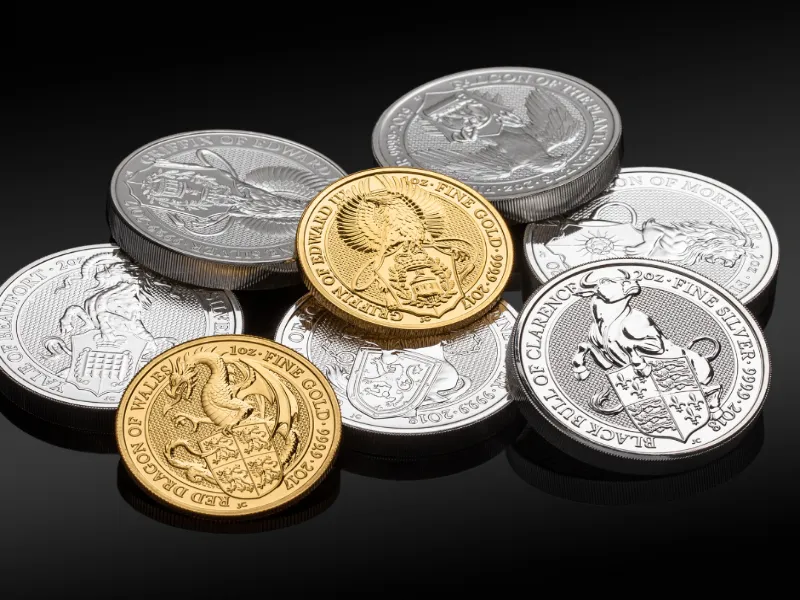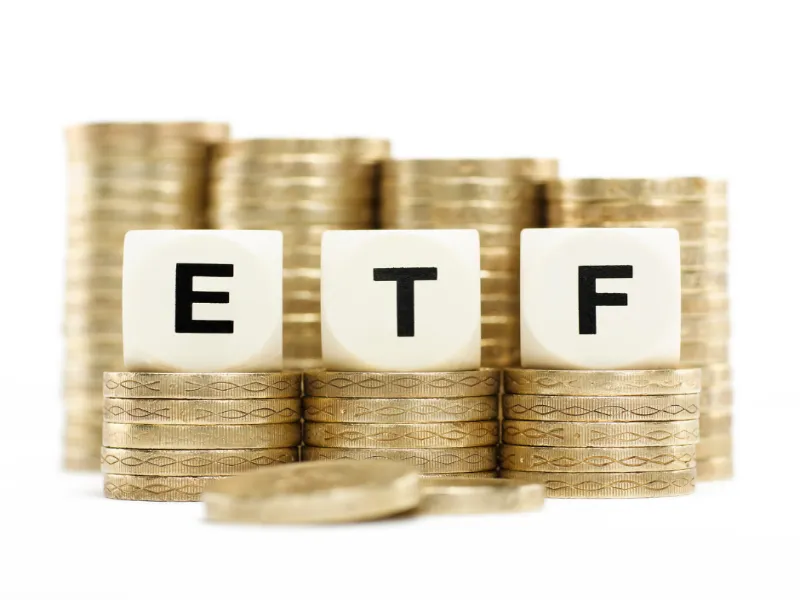
I. Silver and Gold: The Draw of Precious Metals
There’s no denying the allure and ageless charm of silver and gold. These precious metals have not only decorated the coffers of empires and monarchies but have also served as reliable mediums of trade for centuries. Their value is not just symbolic or aesthetic; these metals have proven to be robust investments, largely impervious to the test of time.
II. Historical Significance: Silver and Gold as Stores of Value
The narrative of silver and gold traces back to ancient times when they played a pivotal role in exchange for goods and services. Their scarcity and durability heightened their value, oftentimes outpacing the worth of other commodities. Today, these precious metals continue to command attention in the investment world due to their innate stability and promising growth potential.
III. A Tale of Two Metals: Comparing Silver and Gold Prices
While both silver and gold boast enduring appeal, gold has traditionally taken the lead in terms of value. The gold-to-silver price ratio has fluctuated significantly across the centuries. The Romans maintained a 12:1 ratio, while the 19th century witnessed a modest increase to 15:1. Nowadays, the ratio hovers around 70:1, reflecting gold’s elevated standing in the investment landscape.
IV. Impact of Historical Events on Silver and Gold Prices
Historical milestones have undeniably influenced the price trajectory of silver and gold. The surge in silver supply following the discovery of new mines in the Americas in the 16th century contributed to a decrease in its price. Conversely, the 19th-century California Gold Rush caused an influx in gold supply, subsequently leading to a drop in its value.
V. Economic and Industrial Influences on Silver & Gold Prices
The pricing dynamics of silver and gold extend beyond historical happenings. Economic and industrial factors play substantial roles too. Basic principles of supply and demand dictate the price direction: high demand or limited supply usually pushes prices up, while decreased demand or increased supply can depress prices.
Inflation and interest rates also weigh in on silver and gold pricing. During periods of high inflation, investors often flock to these metals as a wealth shield. Similarly, low-interest-rate environments tend to drive investors towards alternative assets offering superior returns, like silver and gold.
VI. Industrial Usage: Silver and Gold Beyond Currency
Aside from being financial assets, silver and gold find extensive applications in various industries. Silver is integral to electronics, solar technology, and medical devices, while gold is a staple in jewelry, electronics, and aerospace technology. High demand for these applications can positively impact silver and gold prices.
VII. Harnessing Investment Opportunities: Silver & Gold
Investing in silver and gold offers a tactical approach to realizing financial objectives such as portfolio diversification and inflation protection. There are several avenues to invest, including physical bullion, Exchange-Traded Funds (ETFs), and mining stocks.
Physical bullion involves buying coins or bars, requiring secure storage. ETFs represent a more liquid option, tracking silver or gold prices. Investing in mining stocks offers exposure to companies involved in metal extraction.

It’s critical to consider the pros and cons of each investment metal. Silver’s price tends to be more volatile, offering potentially higher returns, while gold offers more stability, albeit potentially lower growth.
VIII. The Investment Journey: Risks and Rewards
As with all investments, investing in silver and gold carries risks such as potential theft or fraud. It’s essential to research thoroughly and partner with credible dealers or brokers to mitigate these risks.
Conclusion
Investing in silver and gold provides potential benefits with their prices swayed by a mix of historical, economic, and industrial factors. Understanding these aspects can empower investors to make informed portfolio decisions, navigating towards their financial aspirations successfully.
FAQs
- Why are silver and gold considered good investments? Silver and gold have historically been viewed as safe havens during economic turmoil. Their inherent scarcity lends them a degree of stability that can hedge against inflation and currency fluctuations.
- How do inflation and interest rates impact silver and gold prices? When inflation rises or interest rates fall, investors often turn to silver and gold to protect their wealth, thus increasing demand and prices.
- What’s the difference between investing in physical bullion, ETFs, and mining stocks? Physical bullion is a tangible asset, while ETFs offer liquidity and track the metals’ prices. Mining stocks provide exposure to companies that mine these metals.
- Which is a more volatile investment, silver or gold? Silver tends to be more volatile than gold, offering potentially higher returns but with greater price fluctuations.
- What risks are associated with investing in silver and gold? Some risks include potential theft, fraud, and market volatility. It’s crucial to do your research and work with reputable dealers or brokers to minimize these risks.
